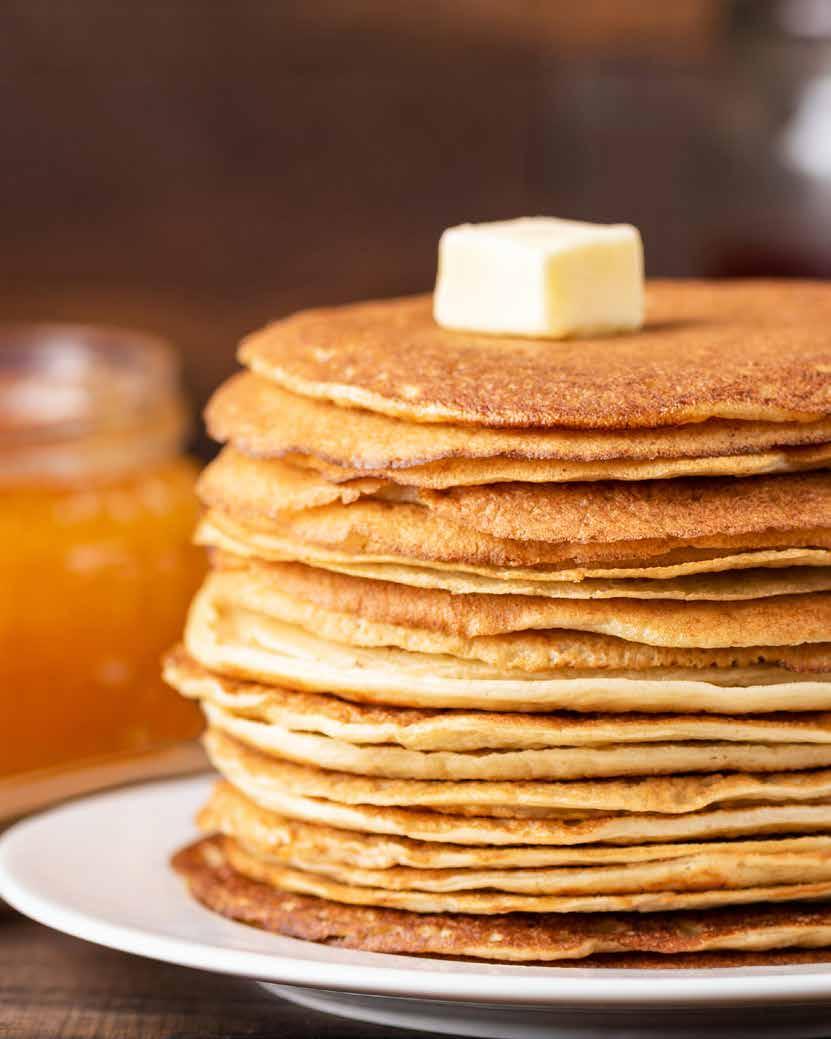Once a crop rotation has been formalised, then you can sow broad beans, carrots, parsnips, early varieties of beetroot, salad onions, lettuces, radishes, spinach and summer cabbages under the covers. And then it’s back indoors again. Experienced veg growers will be keen to chit their seed potato tubers as soon as they have them. Novices may be baffled by the term, but it simply means encouraging the seed potatoes to grow before they are planted out, generally about six weeks after they have been arranged, blunt end up, in trays or old eggboxes, and allowed to sprout. Peas can also be started off in a heated greenhouse by using upturned and discarded – but clean – drainpipes with holes drilled in the bottom for good drainage, while cucumber seeds can be sown in a propagator, placing them on their sides at a depth of 1cm in a 7.5cm pot of free-draining compost.
If, however, your greenhouse isn’t heated wait a few weeks until March – and the same goes for tomatoes, which should germinate within two weeks in a propagator or on a sunny windowsill as long as the seed compost is kept moist. Even though it is very hardy, kale needs to be started indoors, where they can be sown in modules or 7cm pots with two or three seeds per module before thinning out to leave the healthiest seedling. For those who prefer colour to crops, mid to late February can also be a busy period. Now is the time to start off summer bedding, such as lobelia and Impatiens (Busy Lizzies), in propagators, giving them a head start before are big enough to be planted out or in hanging baskets. Sweet peas are probably one of the easiest – and most fragrant - summer flowering plants to grow, particularly when given a good start in a biodegradable pot on a sunny windowsill. Once established, they can be relocated to the garden when the weather turns milder without having to be
removed from their containers, which could damage fragile roots. Cosmos are similarly easy to grow and look great in borders or in a meadow where the single-flowered varieties, such as Fizzy Pink, attract pollinators. These annuals need light to germinate, so sow on top of seed compost in a tray then prick out when large enough to handle. Salvias, on the other hand, need to be sown on a bed of seed compost and then covered with a fine layer of compost which must be kept moist and placed in a light, warm spot. They can be planted out in the spring where they will add structure and height to borders and containers. However, be warned – low light levels and stuffy conditions can encourage what horticulturists call ‘damping off’, a fungal disease that can sweep through trays of seedlings. It can be easily prevented by adding perlite, an amorphous volcanic glass which will keep soil loose and light; watering pots from below; and opening propagator vents during the day.
Cosmos are easy to grow and look great in borders or in a meadow where the singleflowered varieties, such as Fizzy Pink, attract pollinators.
LIFESTYLE MAGAZINE
15








